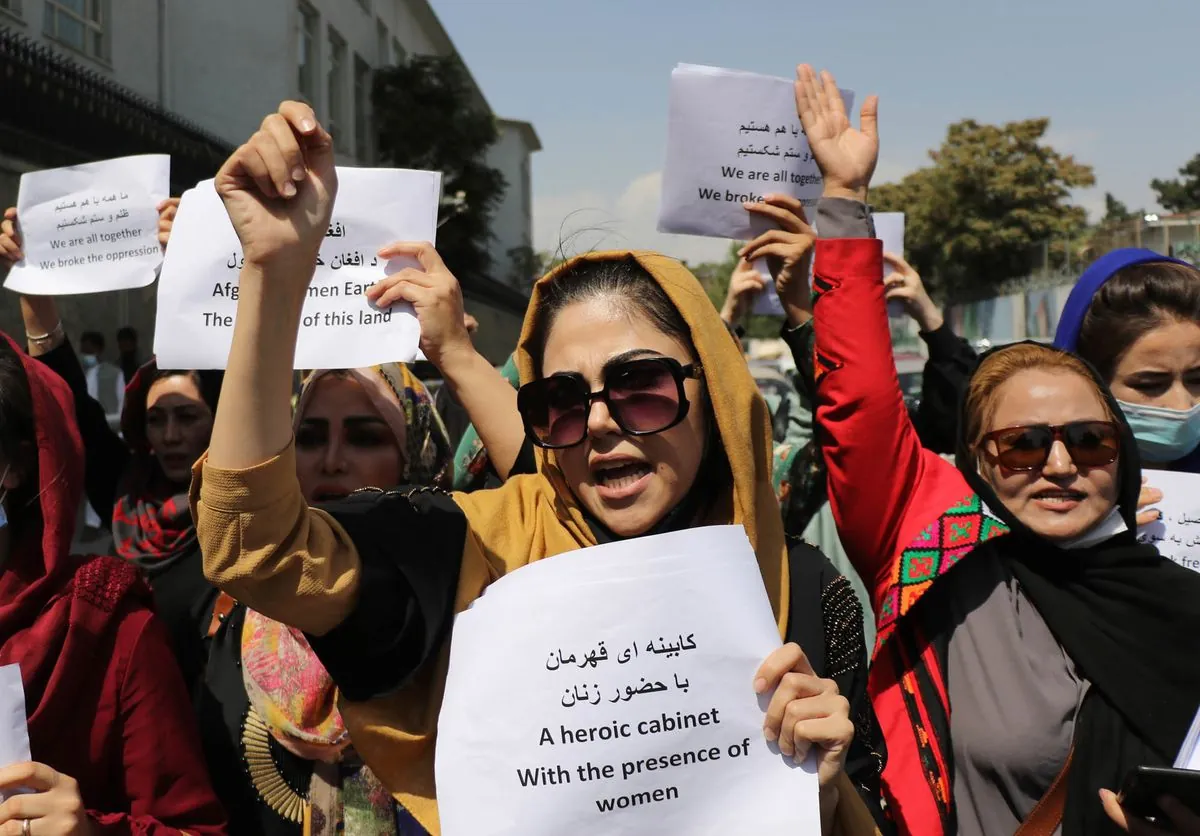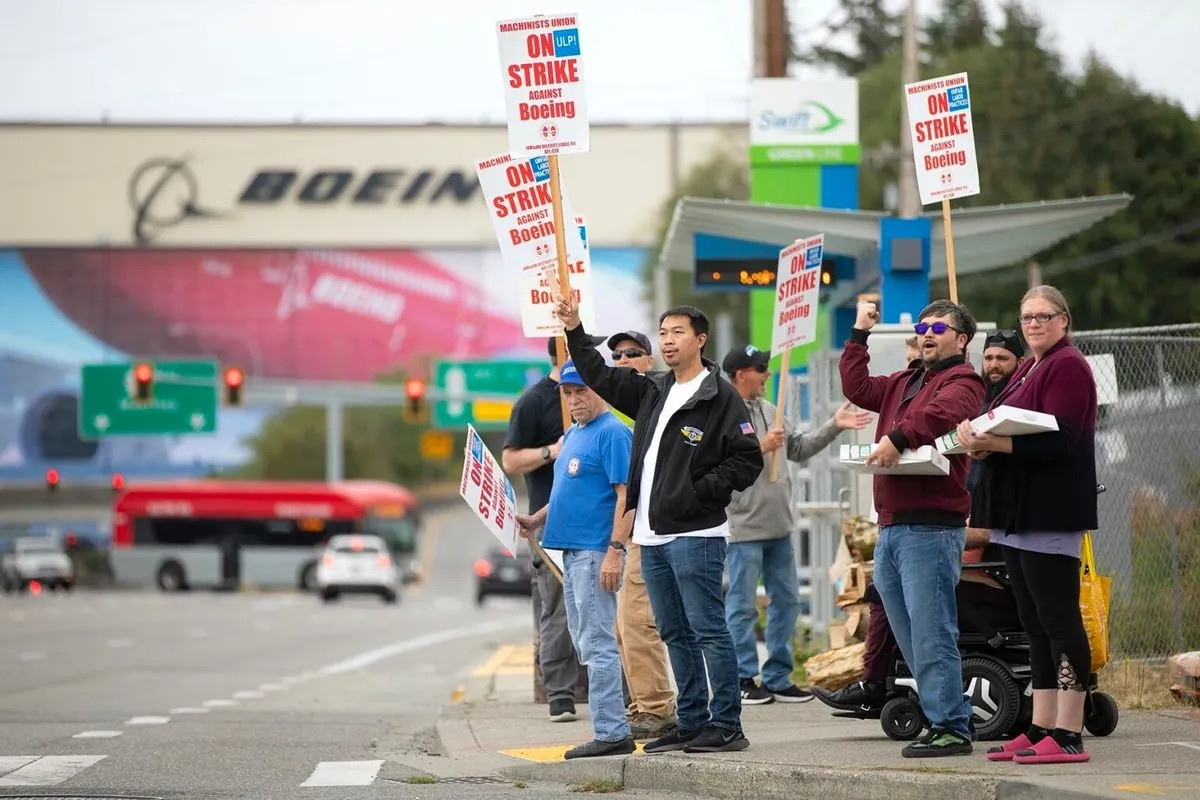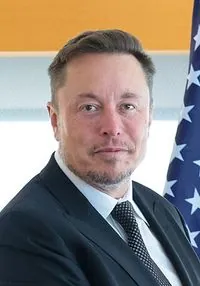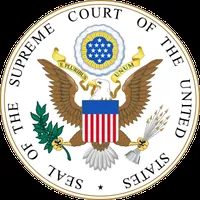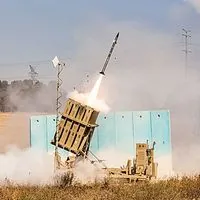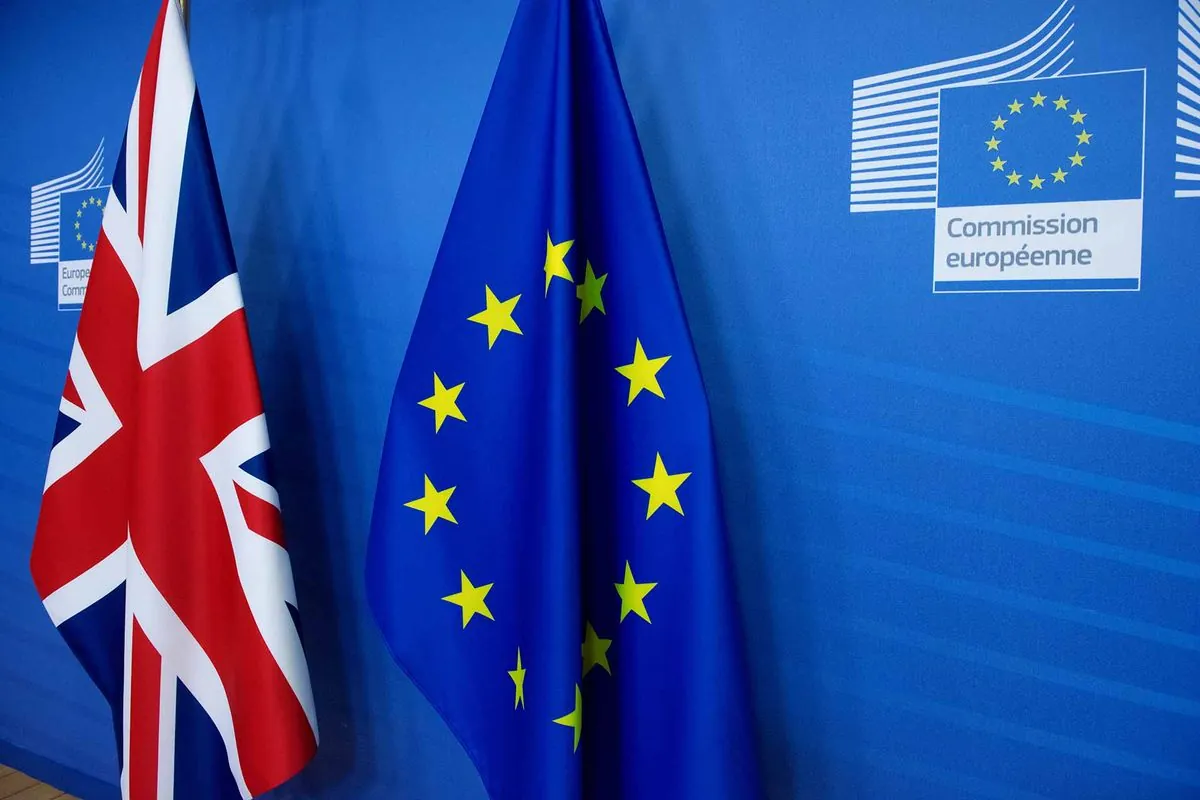Biden Administration Aims to Revive Nuclear Power Plants Amid Clean Energy Push
The U.S. government plans to recommission dormant nuclear reactors and develop new technologies to meet rising clean energy demands. This strategy includes reviving shuttered plants and advancing small modular reactors.
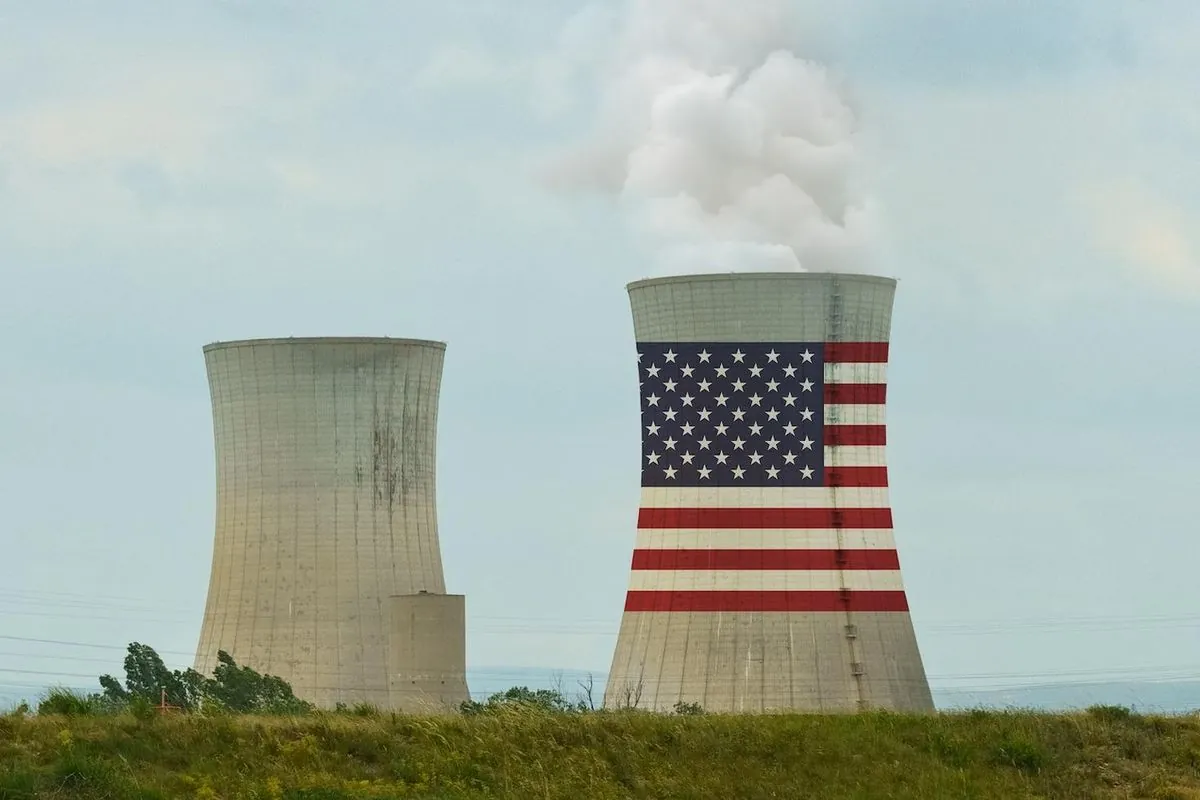
The Biden administration is advancing plans to recommission inactive nuclear power facilities as part of a comprehensive strategy to meet the growing demand for emission-free electricity. Ali Zaidi, the White House climate adviser, revealed this initiative during a recent Reuters Sustainability conference in New York.
Two projects are currently in progress, including the planned revival of Holtec's Palisades nuclear plant in Michigan and the potential reactivation of a unit at Constellation Energy's Three Mile Island plant in Pennsylvania. The latter is situated near the location of the most severe nuclear incident in U.S. history, which occurred on March 28, 1979.
The administration's approach to expanding nuclear power consists of three main components: repowering dormant plants, developing small modular reactors (SMRs), and advancing next-generation nuclear technology. This strategy aligns with President Biden's objective to triple U.S. nuclear power capacity, addressing the escalating energy requirements partly driven by the expansion of power-intensive technologies such as artificial intelligence and cloud computing.
Last week, the government finalized a $1.52 billion loan to resurrect the Palisades nuclear plant, which is expected to resume operations in approximately two years. Concurrently, Constellation Energy and Microsoft have entered into a power agreement to aid in reviving a unit of the Pennsylvania plant, with Constellation anticipating additional government support.
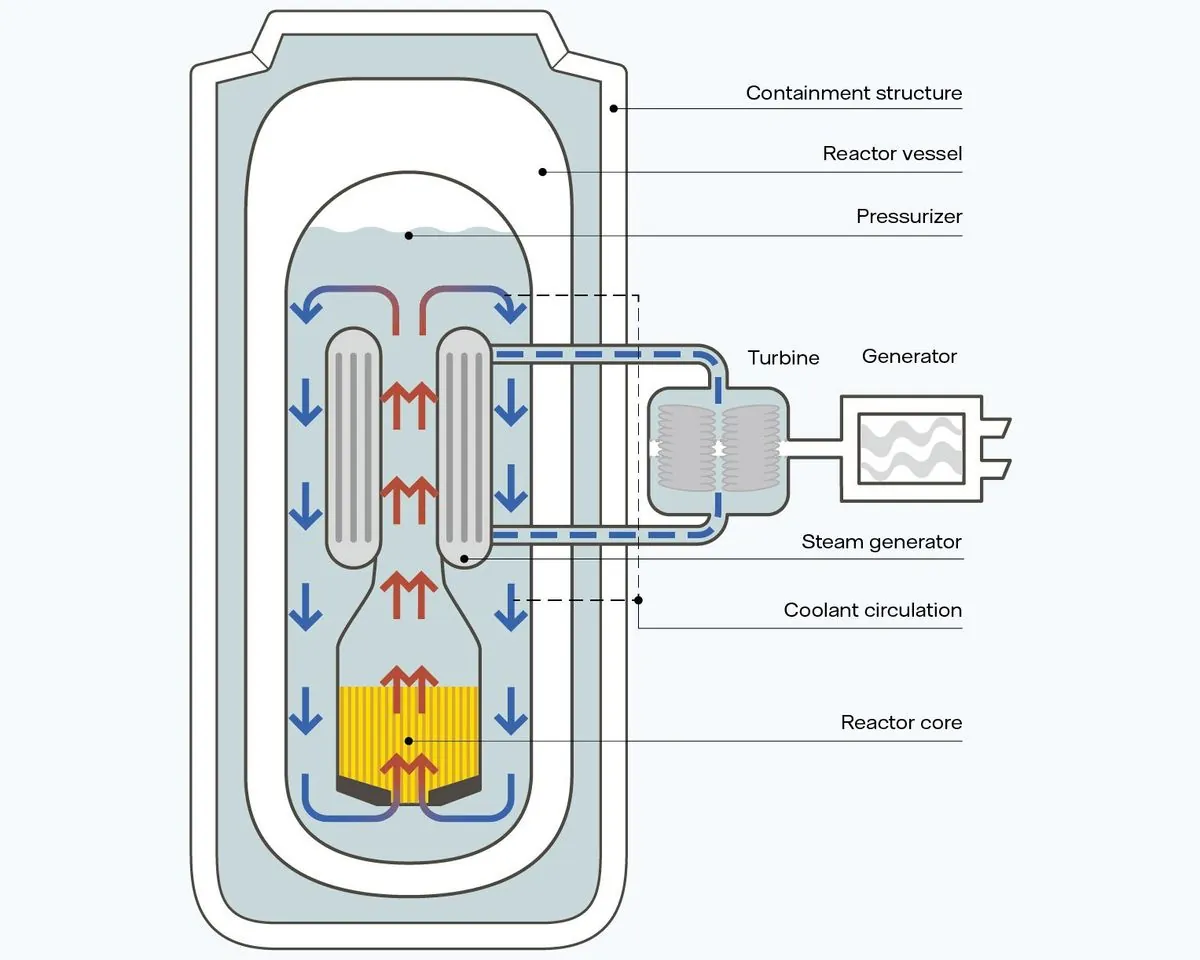
Zaidi also highlighted the U.S. Navy's recent request for information on constructing SMRs at six bases. He emphasized that SMR technology is not a distant prospect, stating, "SMR is a technology that is not a decades-away play. It's one that companies in the United States are looking to deploy in this decade." This aligns with the fact that the first commercial-scale SMR in the U.S. is projected to be operational by 2029.
The administration's focus on nuclear power comes as part of a broader clean energy initiative, which includes ambitious offshore wind projects. However, these efforts have encountered obstacles, leading to the postponement of offshore wind lease sales in Oregon and the Gulf of Mexico due to low industry interest. Despite these challenges, Zaidi expressed optimism about future projects, noting that at least half of the 30GW offshore wind capacity goal is already under construction.
"I am pretty optimistic about the next of wave of projects where we will have a domestic supply chain and hopefully better cost to capital relative to what projects are facing right now."
This renewed emphasis on nuclear energy marks a significant shift in U.S. energy policy. With nuclear power currently providing about 20% of U.S. electricity and the country operating 93 commercial nuclear reactors, the Biden administration's plan could substantially alter the nation's energy landscape. The strategy not only aims to address immediate energy needs but also supports the administration's goal of achieving 100% carbon-free electricity by 2035.
As the U.S. continues to lead the world in nuclear power generation, these initiatives could set a precedent for global clean energy efforts. The success of these projects may influence international approaches to balancing energy demands with environmental concerns in the coming years.





